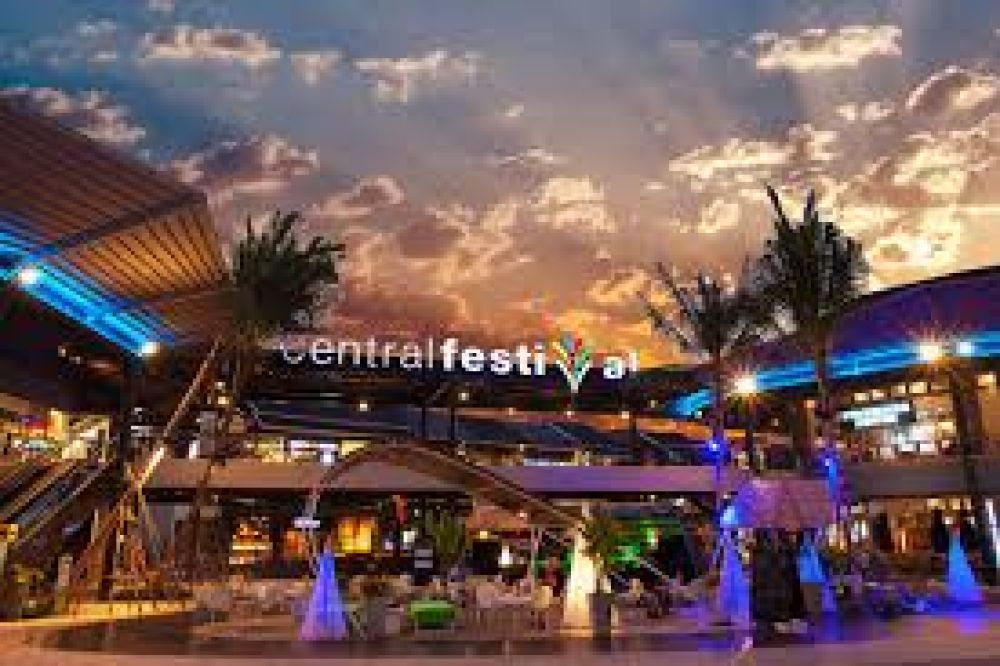

Koh Samui, Thailand's second-largest island, has long been a magnet for tourists seeking the perfect blend of relaxation and adventure. Located in the Gulf of Thailand, the island's tourism history stretches back to the 1970s when it was discovered by backpackers and intrepid travelers who were drawn to its pristine beaches, crystal-clear waters, and laid-back atmosphere.
In its early days, reaching Koh Samui was a challenge; the lack of an airport meant a long boat ride from the mainland. However, those who made the journey found a tropical paradise relatively untouched by modern development. As word of mouth spread, more visitors began to arrive, leading to the opening of the first bungalows and guesthouses catering to tourists.
The 1980s and 1990s saw a significant transformation as infrastructure improved, with the opening of Samui Airport in 1989 acting as a major catalyst for growth. The island's visitor demographics expanded from budget travelers to include honeymooners, families, and luxury seekers. As a result, a wide range of accommodation from simple huts to upscale resorts started to sprawl across the island's coastline.
Turn the clock forward, and Koh Samui has become one of Thailand's premier tourist destinations, offering an impressive array of activities, attractions, and accommodations.
Central Festival Samui opened its doors in 2014, becoming a significant landmark of Chaweng, the island's most popular beach town. It marked an evolution in the island's tourist offerings, providing a sophisticated shopping and entertainment experience that complements its natural beauty and cultural activities.
The shopping complex boasts a stylish and airy design, reflecting the island's tropical environment. Central Festival Samui combines local architectural themes with modern amenities, making it an attractive space for visitors and locals alike. The mall features a variety of retail stores, including high-street fashion brands, electronic shops, and souvenir stores. In addition, it has become a hub for dining and entertainment, housing numerous restaurants, cafes, and a cinema, enriching the tourism landscape of Koh Samui.
Today, eco-tourism and sustainable travel are at the forefront of the latest tourism trends on the island. There is increasing support for initiatives that protect the environment and promote local culture. Ethical elephant sanctuaries, organic farms, and conservation projects focus on preserving Koh Samui's natural resources and cultural heritage.
Health and wellness tourism is also gaining prominence, with the island becoming a popular destination for yoga retreats, detox programs, and wellness centers that offer a holistic approach to health against a backdrop of tropical splendor.
Digital nomadism is another growing trend, thanks to the island’s robust internet infrastructure and coworking spaces. Koh Samui's tranquil environment, combined with the modern conveniences provided by establishments like Central Festival, makes it an appealing destination for those seeking to blend work and leisure.
In conclusion, Koh Samui’s tourism scene has evolved from humble beginnings to a multifaceted destination offering both natural and man-made attractions. Central Festival Samui is a testament to this evolution, representing the modern side of island life while complementing the unique charm that has attracted visitors for decades.